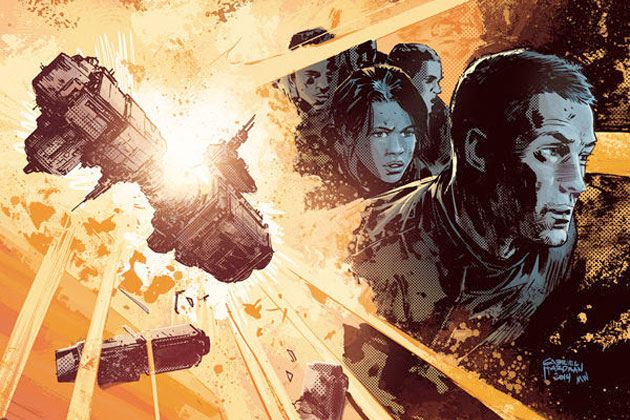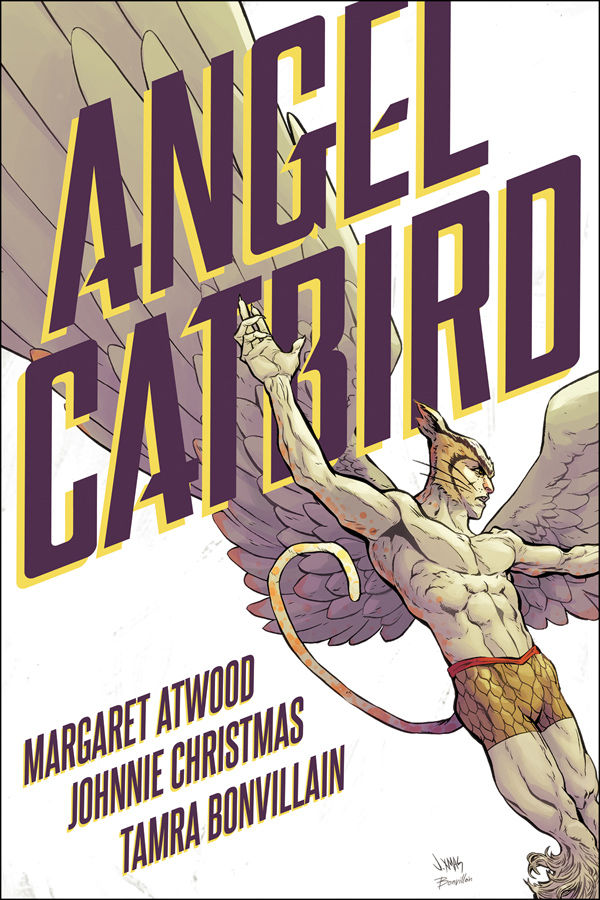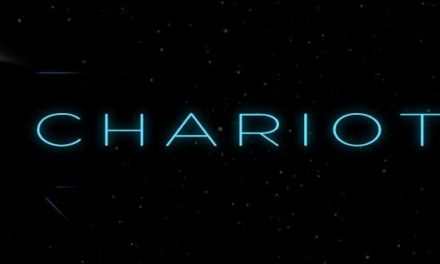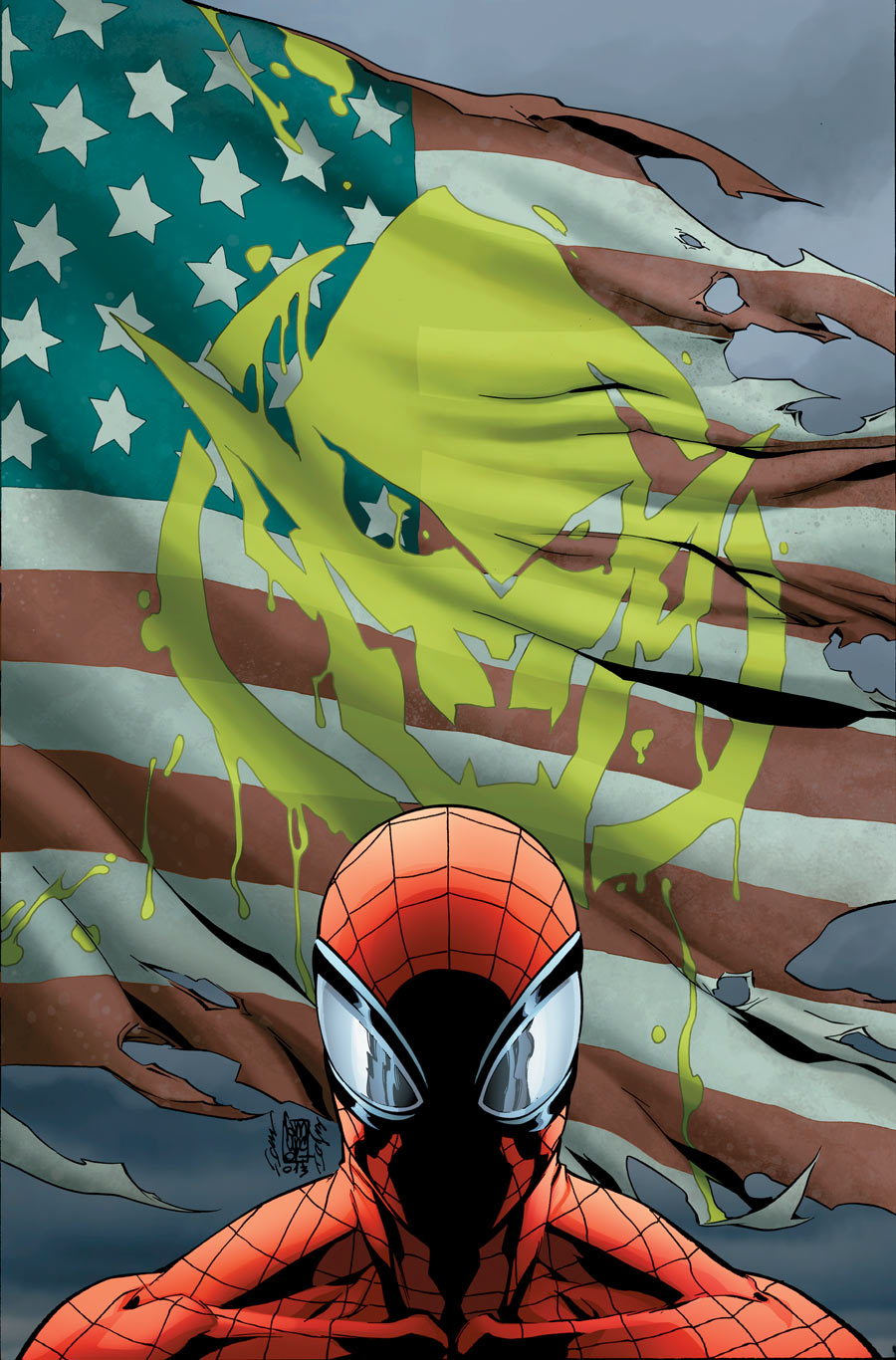Deep Gravity’s first volume, collecting issues #1 – 4 of the Dark Horse deep-space serial, with story by Mike Richardson, and scripted by Gabriel Hardman and Corinna Bechko, has much to offer fans of traditional science-fiction.
The story follows engineer Steven Paxon, the sort of everyman hero common to the genre, who has volunteered to travel to a high-gravity planet with the hope of rekindling his relationship with his former lover, a biologist named Michelle. Upon arriving, however, Michelle rejects him and, through a series of disastrous events, Paxon, Michelle, and a handful of crew members eventually find themselves on a badly damaged spaceship with a swiftly decaying orbit, pursued by escaped wildlife captured from the planet below.
The concept is an intriguing one, and the drama that unfolds is beautifully rendered in Fernando Baldo’s precise, expressive artwork, which is expertly highlighted by Nick Filardi’s cinematic colors. While the story is a solid tale, with homages to several great sci-fi stories of the past, readers may find certain aspects a bit too formulaic. For example, a carnivorous creature’s pursuit of the crew throughout the ship is so strongly reminiscent of the Alien franchise that the events surrounding it are downright predictable.
Less predictable is Poseidon, the fictional planet where the first part of the story is set. With gravity three times that of Earth’s, and covered with vicious plant-animal hybrids, Poseidon is so extraordinarily deadly that the people who live and work there can only remain for three years before death becomes inevitable. The idea of Poseidon and its remarkable wildlife is one of the most interesting things about Deep Gravity, so it’s unfortunate that only a small portion of the first four issues takes place on the planet itself. Furthermore, having several of Poseidon’s hybrids loose on the damaged ship is a missed opportunity to highlight the true alienness of the creatures and Poseidon itself. One hopes more time will be taken to explore Poseidon’s unique biology in future issues.
Despite the story feeling conventional in places, there are certain things that Deep Gravity does quite well. The intended love interest, Michelle, is a fully developed side character with a well-considered, thoughtful personality that doesn’t rely on typical “strong female” tropes. At times, Michelle seems even easier to understand than Paxon who, as a man-seeking-himself, can sometimes be difficult to relate to. Similarly, another side character, Greg Werner becomes disabled early on in the story, yet manages to play a major role in the story’s conclusion without feeling that the writers are attempting to define the character by his disability or cater to inspiration porn.
Finally, there is a genuine twist regarding how the ship becomes damaged in the first place that is legitimately surprising and helps Deep Gravity separate itself from other stories of the same genre that follow similar plot progressions.
The first four issues of Deep Gravity show promise. There is enough rooting in traditional sci-fi to please even the pickiest old school fan, yet enough original ideas to keep the series fresh. It would do the writers well to occasionally break away from the more common sci-fi tropes and plot progressions, however—Deep Gravity truly shines when it’s exploring entirely new territory.
Disclosure: I received a copy of Deep Gravity Vol. 1 from the publisher for review purposes.





